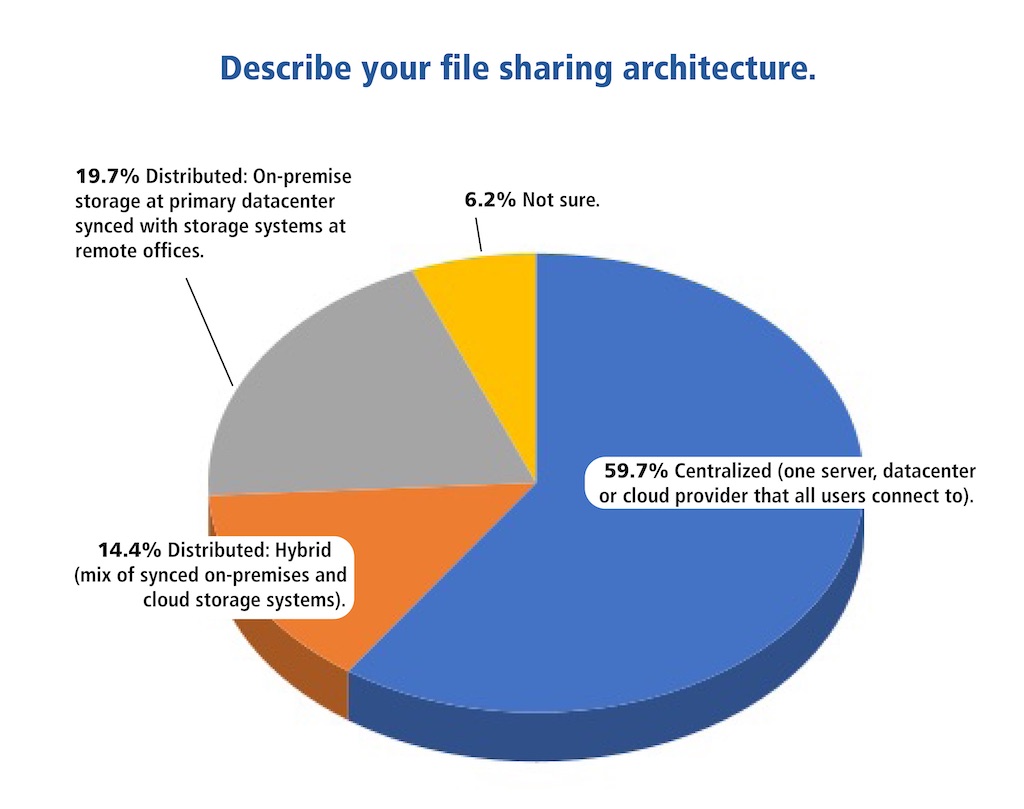Years ago, I noticed how often the words innovation and innovative showed up in software marketing. Like the “paradigm shift” or “productivity enhancement” buzz phrases before them, it seems that all the software companies want to talk about these days are their “innovative” solutions. This led me to examine what innovation really means and how I can best leverage it as a CAD manager to make my company better.
As CAD managers, is innovation really part of our job? Well, isn’t implementing new tools and unfamiliar workflows in a user community that’s set in their ways an act of innovation? My answer to this question is a resounding, “Yes!” In this edition of the CAD Manager’s Newsletter, I’ll lay out strategies for using gradual, incremental innovation to boost your company’s CAD performance and your career prospects at the same time. Here goes.

Image source: klenger/stock.adobe.com
Radical vs. Incremental Innovation
Most times when we hear about innovation, the implied meaning is big changes brought on by radical new tools or technologies. This “radical innovation” concept gets all the attention, yet radical innovation is almost impossible to actually implement. Do you think ditching 2D CAD for BIM 10 years ago was easy? Was being the first company to implement 3D printing easy? No way! Radical innovation is hard because of the following factors:
Big costs. Radical innovation often means new tools, new hardware, involved IT integration, and extensive research to achieve upper management approvals and funding.
Immature software. Radical new software tools are invariably full of functional gaps and bugs, and often require learning new customization tools. As an example, Autodesk purchased Revit in 2002, yet substantial adoption of BIM tools didn’t make any real progress for another 10 years. In fact, we’re still reading about barriers to BIM adoption today — nearly 20 years later.
Extensive workflow changes. Radical changes in tools cause changes in workflows which in turn requires lots of training and staff adaptation. Why? Because radical innovation makes you discard what you already know to implement something new that you don’t know — and that can be a very disruptive process.
Unknown disruptions. Radical innovation is an unknown, so the problems you’ll find are unknown as well. These problems can delay project execution and drive-up costs as you wade through the unknowns to find solutions.
What’s the conclusion on radical innovation? Simply that no CAD manager can drive radical innovation on their own because the risk of disrupting production and financial resources required can only be approved by those above us.
What CAD managers can execute is a more modest process that I like to call Gradual Incremental Innovation, which is cheaper, less risky, and within a CAD manager’s span of control. Let’s explore.
Applying Incremental Innovation
As a CAD manager, I know that my management team expects me to accomplish the following key objectives:
-
Keep the CAD tools and systems running
-
Keep the users efficient
-
Keep projects on track
-
Keep labor costs down
So, my question now becomes: “What new tools, techniques, training sessions, and workflows do I have the authority to implement that can help me meet these objectives?” Please note my emphasis on having the authority to implement your innovations — otherwise you’ll be stuck waiting for upper management’s approval.
The answer to the questions I posed above will form the basis of your incremental innovation plan. The plan will use innovative solutions to known problems that will be incrementally applied, as time permits.
Your Incremental Innovation Plan
Here’s my three-step process to mapping out a workable incremental innovation plan that you can put into action right away:
-
List out your problems. What problems vex your users, your projects, or your customers? Knowing what your problems are tells you what to work on and where your incremental innovation should be focused.
-
Propose solutions. How can you solve those problems? What types of utilities, new tools, training sessions, process changes, or workflows can you put in place to alleviate those problems? I find my best proposed solutions often come from asking, “How can we work smarter, not harder?” Don’t be afraid to propose solutions that are outside the current organizational thinking — that’s what innovation is all about.
-
Prioritize the easier, lower-cost solutions. It stands to reason that the cheaper and easier it is to implement your solutions, the faster you can get them in place and reap their benefits. You’ll also start to look like a hero more quickly! Remember that truly innovative solutions make things easier and cheaper, not harder and more expensive!
You’ll want to go back through your plan to propose and prioritize steps several times, so you don’t miss anything. There’s no substitute for doing your homework as you build your incremental innovation plan, so write it all down and really think it through. Keep refining your plan every time you have an innovative idea to solve a problem.
Now, Sell Innovation
Now that you have your innovation plan laid out, it is time to sell your ideas to your user community. Your job is to share your vision for improvement in a way that makes the CAD users around you say, “That’s a great idea that’ll save me time and effort!”
There’s no one way to sell your incremental innovation plan, there are many. Because you’re essentially marketing your ideas at this point, it pays to use a variety of messaging techniques to make your point. Here are several I use regularly:
Email/Teams/Slack blasts. Tried and true communication methods that cost nothing are your best friend when marketing new ideas. Don’t be afraid to overcommunicate!
At training sessions. Next time you hold a training session, be sure to showcase a few new, innovative ideas for getting a task done faster into the mix. This way you’ll be improving efficiency while showing that innovation is practical.
At project kickoffs. When a new project gets started, you’ve got a great opportunity to push your innovation ideas into practice. Make your innovation plan align with your project standards and you can’t help but change how people work.
In management conversations. If you bump into your boss at the coffee pot, or have a few minutes prior to a Teams meeting, why not mention your incremental innovation plan? You never know, you may be able to get your boss to embrace the concept and sing your praises to others.
Repeat the Loop
One of the hallmarks of great incremental innovation is that it never stops. When put into a logical flow arrangement, it looks like this:
-
A problem requires a solution.
-
Incremental innovation solves the problem.
-
Users adopt innovation as you sell the benefits.
-
Solving one problem exposes the next problem.
-
The cycle now repeats …
Much like a continual improvement cycle, incremental innovation tends to keep improving workflows little by little — pushing the existing CAD technology to a state of optimal production.
Of course, at some point a radical innovation (such as CAD replacing drafting tables or BIM replacing CAD) will totally change the landscape and force us to focus on an entirely new set of problems. But, after the shock of the radical change subsides, we’ll be right back to incremental innovation again. In my experience, radical innovation in CAD only happens every 8 to 10 years, so incremental innovation is, by far, the more common scenario.
Summing Up
As CAD managers, it is our job to sort through technology, tools, and methods to arrive at the best processes so our users can be successful. Right? By innovating in an incremental manner, we’ll slowly but surely solve the user problems that slow down projects and efficiency will increase as a result.
Rather than trying to figure out what “I’m going to be innovative today” means, try saying, “Today, I’ll solve problems for my users,” and gradually implement your solutions. By using a process of incremental innovation over the long haul you’ll achieve more, experience fewer errors, and gain the respect of your users and management teams alike. Now go innovate — incrementally! Until next time.
Robert Green
Robert Green performs CAD programming, standardization, and consulting services globally. He is the author of Expert CAD Management: The Complete Guide. Reach him via his website (greenconsulting.com/).
View All Articles





Share This Post